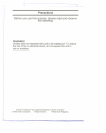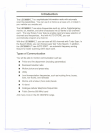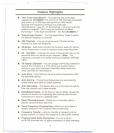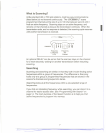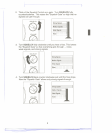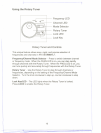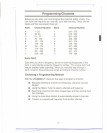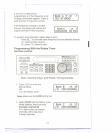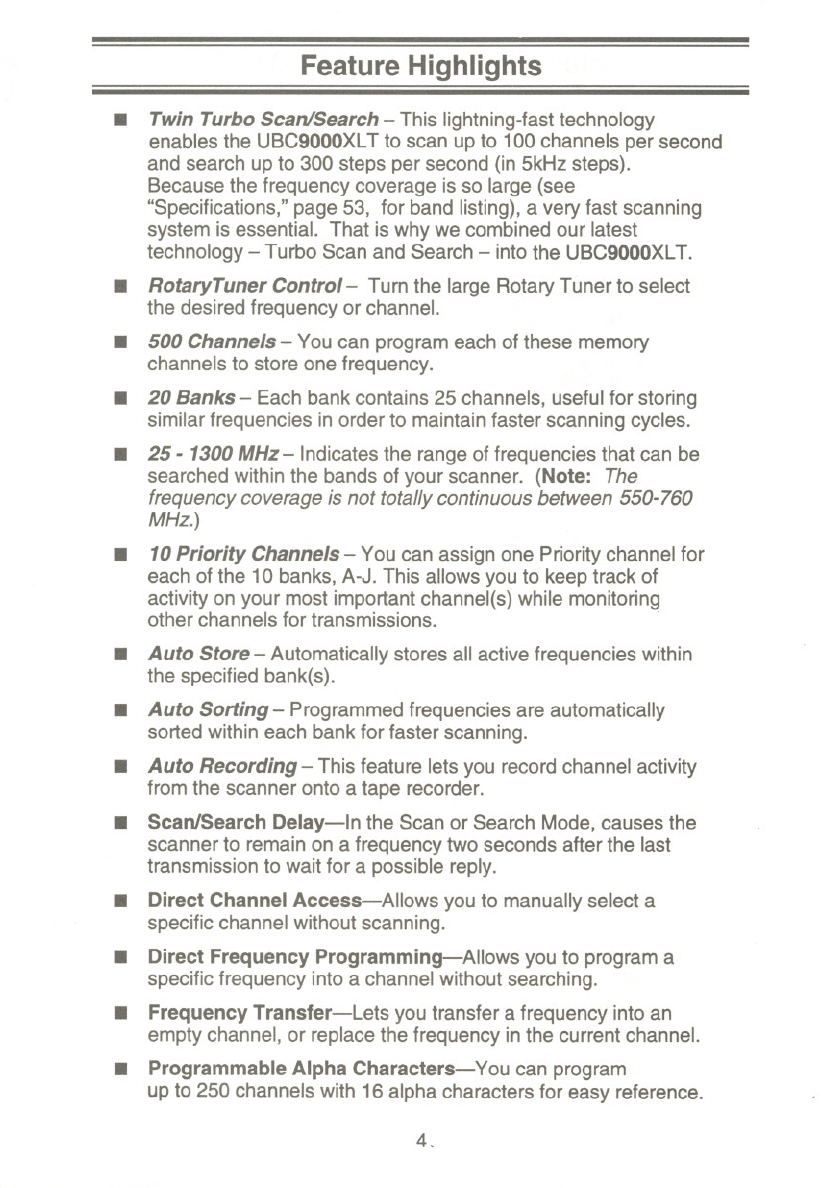
Feature Highlights
. TwinTurboScan/Search- This lightning-fasttechnology
enables the UBC9000XLT to scan up to 100 channels per second
and search up to 300 steps per second (in 5kHz steps).
Becausethe frequency coverage is so large (see
"Specifications,"page 53, for band listing), a very fast scanning
system is essential. That is why we combined our latest
technology - Turbo Scan and Search - into the UBC9000XL T.
. RotaryTunerControl- Turn the large Rotary Tuner to select
the desired frequency or channel.
. 500 Channels- You can programeach of these memory
channels to store one frequency.
. 20 Banks - Each bankcontains 25 channels, useful for storing
similar frequencies in order to maintain faster scanning cycles.
. 25 -1300MHz-lndicates the range of frequenciesthat can be
searched within the bands of your scanner. (Note: The
frequency coverage is not totally continuous between 550-760
MHz.)
. 10 Priority Channels- You can assign one Priority channel for
each of the 10 banks, A-J. This allowsyou to keep track of
activity on your most importantchannel(s) while monitoring
other channelsfor transmissions. .
. Auto Store - Automaticallystores all active frequencies within
the specified bank(s).
. Auto Sorting- Programmed frequencies are automatically
sorted within each bank for faster scanning.
. Auto Recording- This feature lets you record channel activity
from the scanner onto a tape recorder.
. Scan/Search Delay-In the Scan or Search Mode, causes the
scanner to remain on a frequency two seconds after the last
transmission to wait for a possible reply.
. Direct ChannelAccess-Allows you to manually select a
specific channel without scanning.
. Direct Frequency Programming-Allows you to program a
specific frequency into a channel without searching.
. Frequency Transfer-Lets you transfer a frequency intoan
empty channel, or replace the frequency in the current channel.
. Programmable Alpha Characters-You can program
up to 250 channels with 16alpha characters for easy reference.
4.
r





